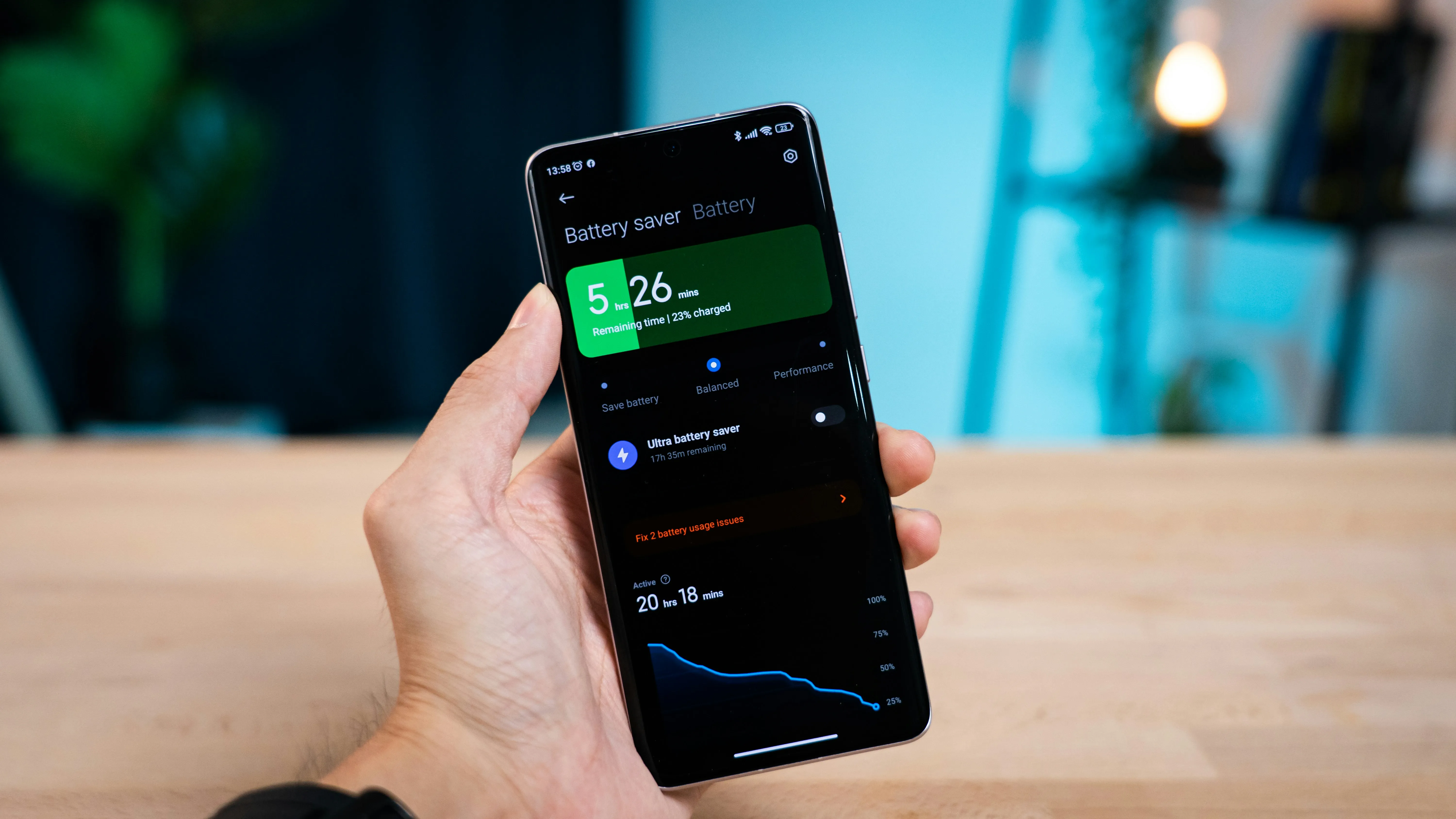

news
The Best Smart LED Lighting for the Smart Home


how to
How to Light Up Your Walls with Stars


how to
How to Harness Bluetooth Communication Using Arduino





















Featured On WonderHowTo:
Productivity & Shortcuts






Featured On WonderHowTo:
Music & Audio






Featured On WonderHowTo:
Augmented Reality






Featured On WonderHowTo:
Gaming



















































































































































































